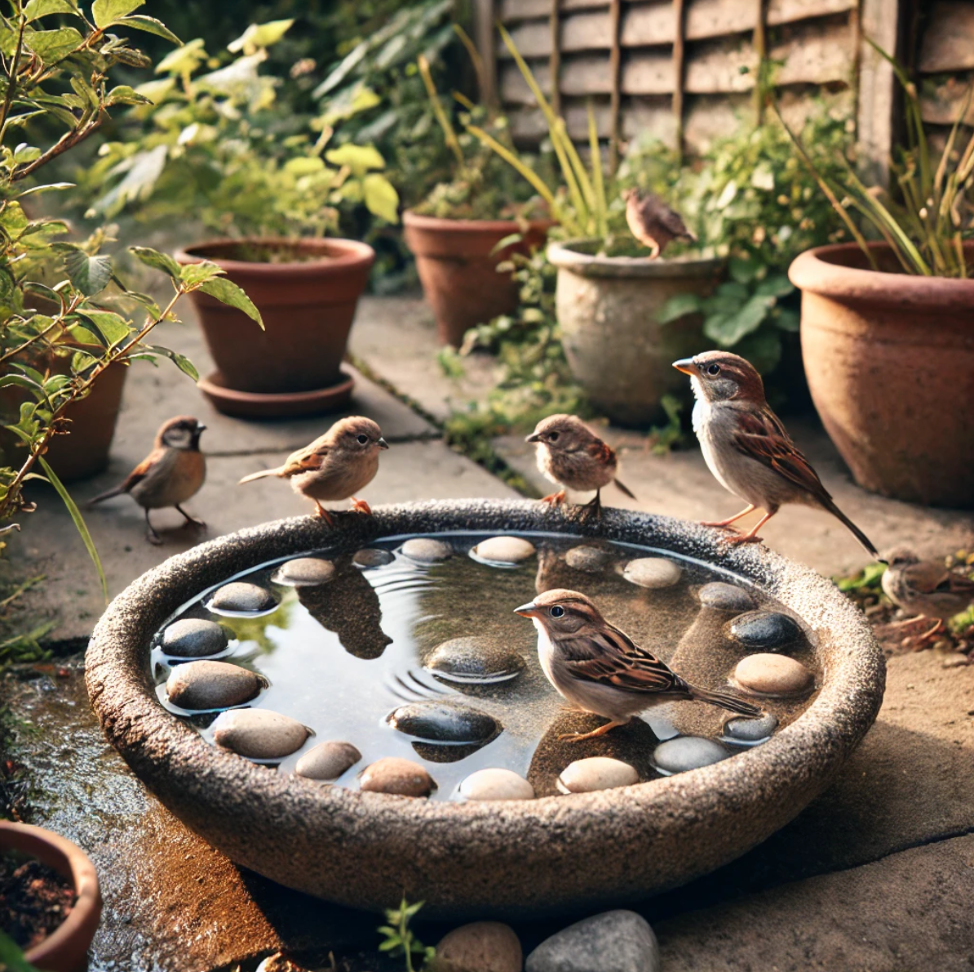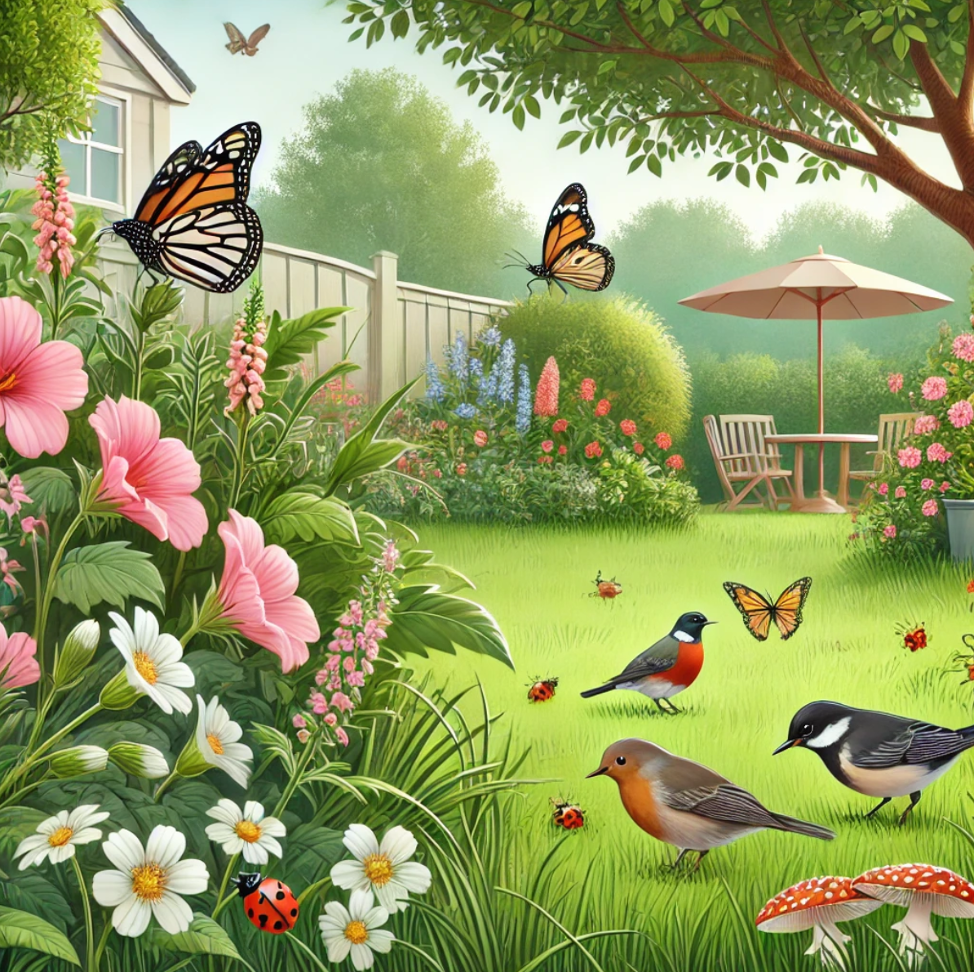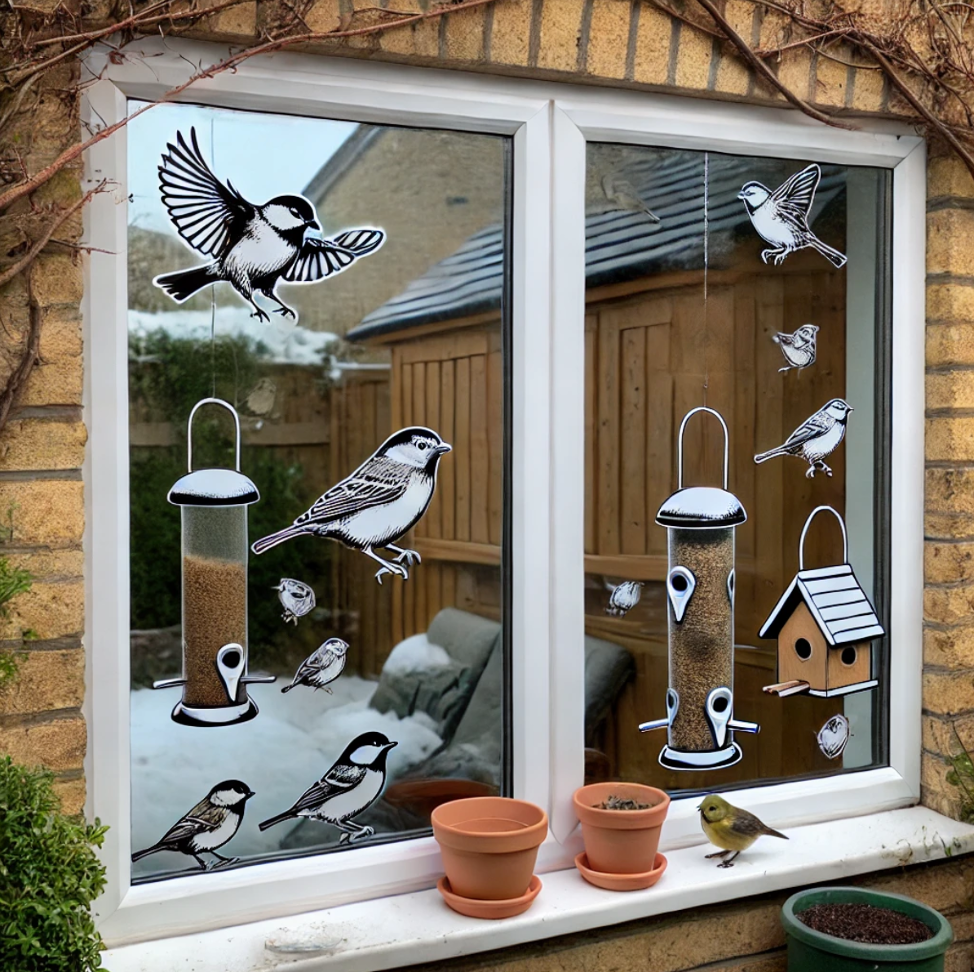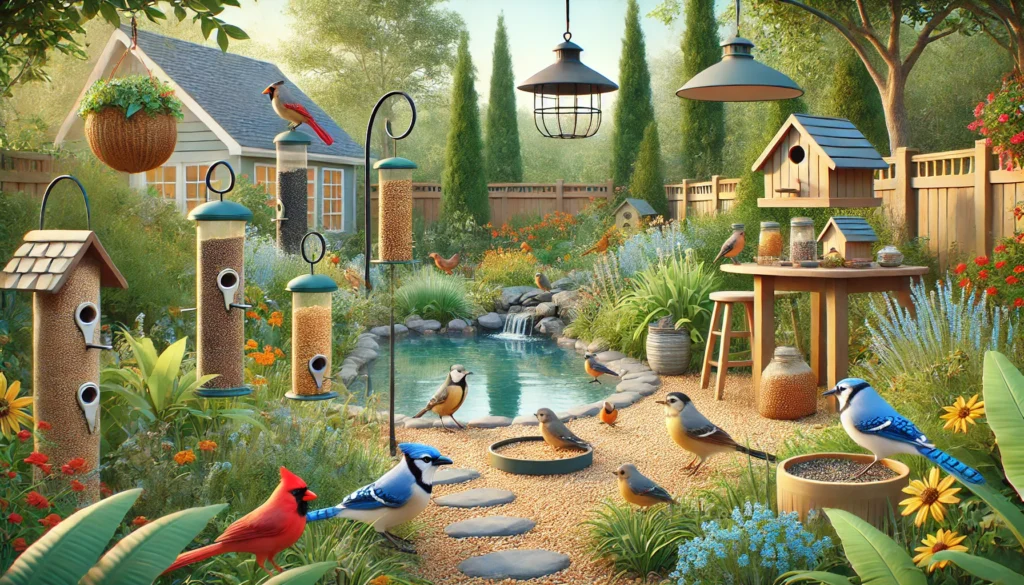Attracting native wild birds to your backyard not only adds beauty to your outdoor space but also contributes to the health of local ecosystems. By providing the right environment, food, water, and shelter, you can turn your garden into a sanctuary for a variety of bird species. In this guide, we’ll explore several ways to attract native wild birds to your yard, offering expert tips and sustainable practices.
1. Choose Native Plants

The foundation of any bird-friendly yard starts with the right plants. Native plants provide birds with food, shelter, and nesting materials, and they support the local ecosystem by attracting insects, which many bird species rely on.
- Why Native Plants? Native birds are already adapted to the plants that naturally grow in your region. Non-native plants may not provide the necessary nutrients or shelter that local birds need. For example, hummingbirds are attracted to native flowering plants, while finches and sparrows prefer the seeds of native grasses.
- Best Native Plants for Birds: Depending on where you live, popular options for attracting birds might include oak trees, sunflowers, coneflowers, milkweed, and goldenrod. Research which plants are indigenous to your area, as they will attract the birds that live in your region year-round or seasonally.
2. Provide a Water Source

Water is essential for birds, especially during the hotter months when natural sources may dry up. A birdbath or a shallow pond can be an irresistible attraction for wild birds.
- Best Practices for Birdbaths: When setting up a birdbath, make sure it’s no deeper than 2-3 inches. Birds prefer shallow water where they can safely drink and bathe. Adding small stones or pebbles can create perches for smaller birds.
- Moving Water: Birds are especially drawn to the sound of moving water. Installing a small fountain or water dripper in your birdbath can increase its appeal. Additionally, moving water helps prevent the growth of algae and mosquitoes, keeping the water cleaner for the birds.
3. Offer the Right Food

Different birds have different dietary preferences, and offering a variety of foods can attract a wide range of species. The key is to choose foods that match the natural diet of the birds in your area.
- Bird Feeders: Use feeders designed for the type of birds you want to attract. Tube feeders are great for small songbirds like chickadees and finches, while platform feeders are suitable for larger birds like doves and jays. Suet feeders attract woodpeckers, while nectar feeders are essential for hummingbirds.
- Native Foods: Wherever possible, aim to provide seeds, berries, and nectar that mimic what native birds would find in the wild. Black oil sunflower seeds, millet, and safflower seeds are popular choices for many bird species. For insectivorous birds, consider mealworms or suet cakes rich in insects and fats.
4. Create Shelter and Nesting Sites

Birds need a safe place to rest, roost, and raise their young. You can encourage them to stay in your yard by providing plenty of shelter in the form of trees, shrubs, and birdhouses.
- Natural Shelter: Dense shrubs and trees offer protection from predators and harsh weather. Evergreens, such as pines and spruces, are particularly valuable because they provide year-round cover. Deciduous trees like oaks and maples also offer excellent nesting spots during the spring and summer.
- Birdhouses: Many bird species, such as bluebirds, wrens, and swallows, are cavity nesters and will use birdhouses. Make sure the size of the birdhouse entrance is appropriate for the birds you want to attract. For example, a small opening will keep larger birds and predators out, ensuring safety for smaller species.
5. Avoid Pesticides and Chemicals

Healthy bird populations depend on a thriving insect ecosystem, and many bird species rely heavily on insects for food. Using pesticides can kill off the insects that birds need to survive and can also directly harm birds if they ingest contaminated food or water.
- Go Organic: The best way to maintain a bird-friendly yard is to use organic gardening practices. Natural compost and organic fertilizers can enrich your soil without the harmful effects of synthetic chemicals. Additionally, attracting beneficial insects like ladybugs and lacewings can help control pest populations naturally.
6. Reduce Window Collisions

One of the most common hazards for birds in residential areas is window collisions. Birds often mistake reflections in windows for open sky or trees, leading to fatal accidents. Fortunately, there are ways to minimize this risk.
- Window Decals: Placing bird-safe decals or stickers on your windows can help reduce reflections and make the glass more visible to birds. Another option is to apply translucent window films that reduce reflectivity.
- Feeder Placement: Keep bird feeders either very close (within 3 feet) or very far (over 30 feet) from windows. This prevents birds from gaining enough momentum to injure themselves if they fly toward the glass.
7. Create a Bird-Friendly Landscape Year-Round
Birds have different needs depending on the season. To attract birds year-round, it’s important to provide a variety of food sources and shelter options that change with the seasons.
- Winter: During colder months, food sources can become scarce, so offering high-energy foods like suet, peanuts, and sunflower seeds can be particularly beneficial. Providing heated birdbaths can also be a lifesaver for birds in freezing temperatures.
- Spring and Summer: These are the nesting seasons for most birds. Native flowering plants that produce nectar, seeds, and berries will attract a wide variety of species. Trees and shrubs that provide natural shelter are also critical during this time.
- Fall: As migratory birds pass through your area, offering nutrient-rich foods and fresh water can help them refuel for their long journeys.
Conclusion
Attracting native wild birds to your backyard can be a rewarding way to enjoy nature and support local wildlife. By incorporating native plants, providing clean water, offering appropriate food sources, and creating safe nesting areas, you can transform your yard into a haven for birds. Keep in mind that sustainable practices, such as avoiding pesticides and reducing window collisions, will ensure that your yard remains bird-friendly for years to come.

